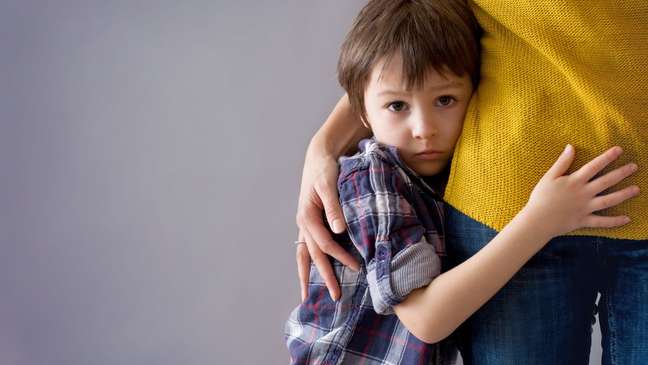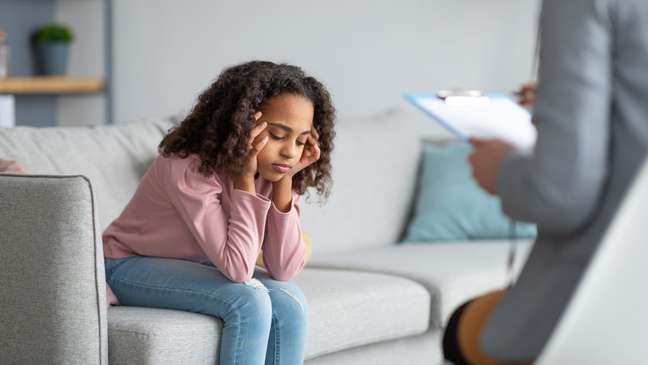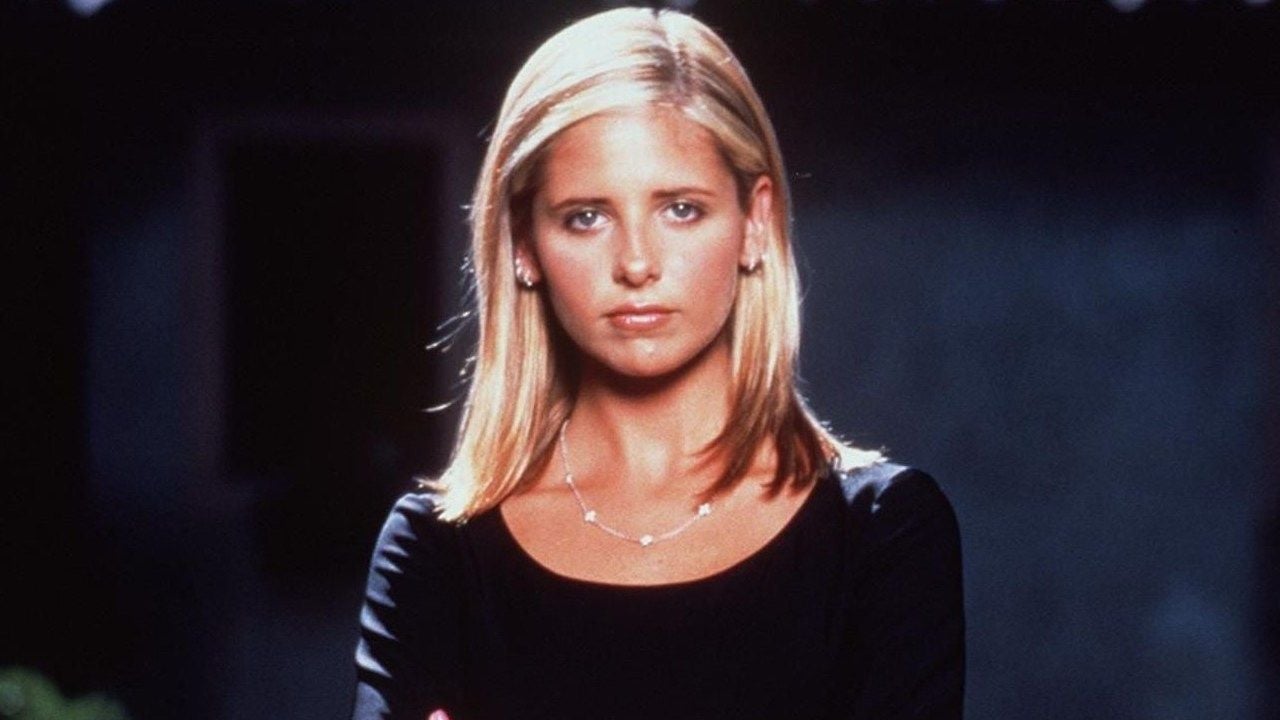Know the main types of anxiety affecting children and adolescents and see when to seek help

Anxiety is a natural reaction of our brain which serves to alert us in adverse and unknown scenarios, in which we must protect ourselves. Therefore, it can occur in different situations. In the case of children, it is common, for example, before a trip, festive dates or back to school.
Now, when this feeling is experienced daily, more intensely, anxiety can be classified as a illness and should be investigated by a specialist, as clarified by psychologist Cristiane Duez V. Santos.
“The measure for understanding anxiety as pathological is how much the symptoms impair daily activities. The most common signs in children are: heachache🇧🇷 stomach ache and muscle tension. Remembering that physical symptoms in children are different from adults,” she explains.

According to the psychologist, precocious puberty is one of the main villains of anxiety and stress in childhood and adolescence, as well as lifestyle. Here because, encourage healthy habits and reduce the time your child spends in front of the mobile screen🇧🇷 tablet or computer, can help in its development.
“Early diagnosis and treatment can also avoid negative consequences on the child’s life. Medication is often required, coupled with psychotherapy, especially cognitive behavioral therapy,” she adds.
Next, the specialist indicates the most common types of anxiety in children and adolescents and how to identify the problem:
Parental separation anxiety
It presents an unrealistic fear that something very bad will happen to them or their parents when they move away from their eyes.
Generalized Anxiety Disorder (GAD)
It is characterized by the presence of excessive and uncontrollable worry about different aspects of life. Although worries are a very common manifestation of anxiety and part of the human experience, children diagnosed with GAD show a longer duration of this anxious state.
Social anxiety disorder or social phobia (SAD)
It is more common in children up to 2.5 years old who tend not to feel comfortable around people who are not part of their family. After this period, if the extraneousness continues and interferes with the construction of socialization, it is possible that this discomfort has become pathological.
How to identify anxiety in children?
Parents can identify anxiety symptoms by observing their children in certain situations. It is important to be aware if the child has difficulty concentrating, irritability, excessive concern for routine situations, frequent nightmares, difficulty learning new things and difficulties in passing certain stages, such as, for example, having fun or even leaving the pacifier and bottle .
What symptoms should be observed in children?
Symptoms may occur alternately, with more or less frequent periods of greater or lesser intensity and duration. The important thing is to be aware of the degree of discomfort and interference they are causing in the child’s routine, such as changes in appetite, sleep difficultiesdecline in academic performance, demotivation, excessive fears and worries, headaches, dizziness, shyness or social withdrawal, mood swings, and irritability or apathy.
How to alleviate the problem?
The problem can be mitigated by practicing physical exercises and pleasant activities, teaching the child to wait his turn and make his own choices consciously and avoiding excessively rewarding him for every attitude.
Source: Cristiane Duez V. Santos, psychologist at the NAPP (Psychological and Psychopedagogical Support Center) of the Faculdade Santa Marcelina.
🇧🇷The best content in your email for free. Choose your favorite Terra newsletter. Click here!
Source: Terra
Ben Stock is a lifestyle journalist and author at Gossipify. He writes about topics such as health, wellness, travel, food and home decor. He provides practical advice and inspiration to improve well-being, keeps readers up to date with latest lifestyle news and trends, known for his engaging writing style, in-depth analysis and unique perspectives.







